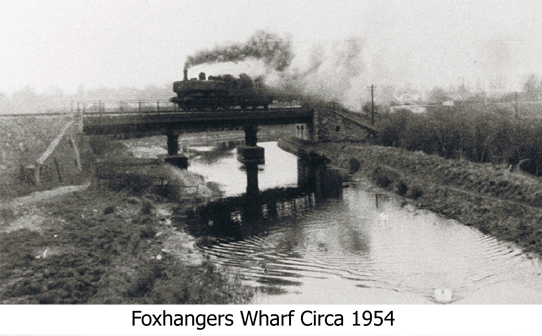By Josh Barnett: We had been walking for just over an hour now, but already the noise and commotion of the city were a distant memory. Immersed in the deep greens of the surrounding trees and cooled by the gentle breeze, the smell of sewage and exhaust were replaced with wild garlic, and the sounds of construction sites and traffic jams with the peaceful chirping of the birds. I was struck by both the serenity and simple beauty of the environment I found myself in and also the relative ease in which it had taken me to get there.

I was taking part in an event held by my school, Beechen Cliff, deemed the centurion challenge, that involved walking 100 miles in 48 hours, all of which would take place on the canal tow path. It is a gruelling walk; 90 students from both Beechen Cliff and Haysefield school took part, of which only 32 managed the full 100 miles. Those who completed the challenge, walked 22 miles on the Friday afternoon, 56 miles on the Saturday and finally another 22 miles on the Sunday morning. Needless to say, some of the blisters looked pretty horrendous! Despite its intensity, it was this challenge that really opened my eyes to all the opportunity that the canal has to offer.

Whilst our trip only covered 50 miles of the tow path, the Kennet and Avon Canal spans a total of 87 miles and has 104 locks dotted along the route. Furthermore, it is home to some very impressive scenery as it runs through areas like Wiltshire and the Cotswolds. Originally, the purpose of the canal was to improve both trade and communication links between small towns like Trowbridge, Devizes, and Hungerford and after 16 years of construction, the canal opened in 1810. However, once the Great Western Railway opened in 1841, the importance of the canal in terms of transportation rapidly declined as it became more efficient to move goods by rail. It was due to this and impacts from the second world war that caused the canal to fall into disrepair and sections to be closed because of a lack of maintenance. Fortunately, thanks to the efforts of volunteers and other restoration groups that lasted over 50 years, the restoration of the canal was completed in May 2003 and to this day it remains open, for all to use.

Whilst reopened, today the function of the canal is very different to when it was initially constructed. In spite of the pain our feet and legs were in, on our walk, my friends and I couldn’t help but notice all that was going on around us. We met houseboat residents, fishermen, cyclists, runners, swimmers at the Dundas aqueduct, dog walkers, and families enjoying the fresh air and we felt a communal atmosphere as people shared the tow path with one another. We also passed through a great variety of different landscapes, from flowing rivers to rolling fields, all of which were equally stunning. Today, the canal serves as a means to escape the stresses of the city socialise with friends and family, and provides easy access to nature and fresh air.

I would whole-heartedly recommend finding time to get out onto the canal to enjoy for yourself all the scenery and activities that can be found along the tow path, I was taken aback by just how much there is to see and do. Why not get out and see for yourself.
- Josh Barnett is a student at Beechen Cliff School in Bath and wrote this feature as part of his work experience schedule.
- Main picture by Josh: The view from Foxhangers camp

